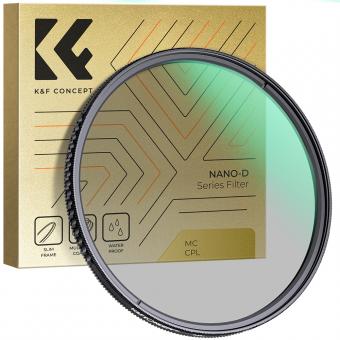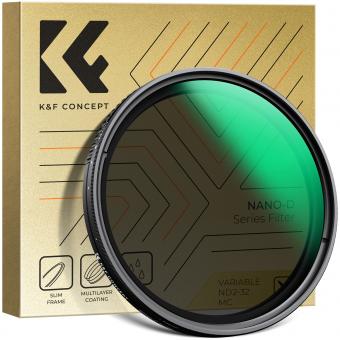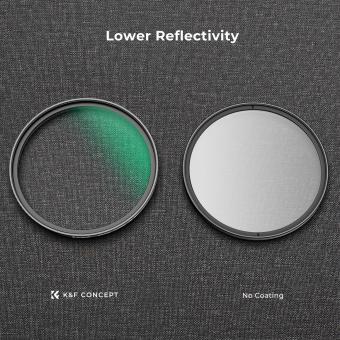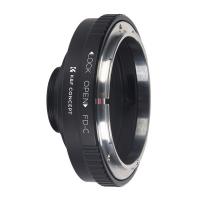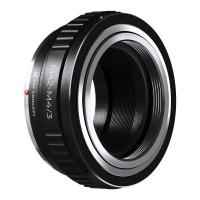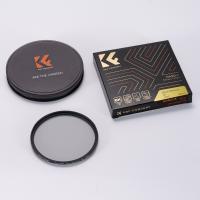When Were The First Microscopes Invented ?
The first microscopes were invented in the late 16th century, with credit often given to Dutch spectacle makers Hans Lippershey and Zacharias Janssen. However, the exact origins of the microscope are still debated among historians. The early microscopes were simple, consisting of a single convex lens and were known as "simple microscopes." It wasn't until the 17th century that compound microscopes, which use multiple lenses, were developed. These early microscopes were instrumental in the development of modern biology, allowing scientists to observe and study microscopic organisms and structures.
1、 Ancient optical devices
The first microscopes were invented in the late 16th century, with credit often given to Dutch spectacle makers Hans Lippershey and Zacharias Janssen. These early microscopes were simple, consisting of a single convex lens and a tube to hold the specimen. They were primarily used for examining small objects such as insects and plant parts.
However, it is important to note that there were ancient optical devices that could magnify objects, such as the Egyptian hieroglyphs depicting the use of simple lenses in the 4th century BC. The ancient Greeks also had knowledge of lenses and their properties, as evidenced by the work of philosophers such as Aristotle and Euclid.
In recent years, there has been debate among historians and archaeologists about the extent of ancient knowledge of optics and magnification. Some argue that ancient civilizations had a more sophisticated understanding of lenses and optics than previously thought, while others maintain that the technology was limited and did not progress beyond simple magnifying glasses.
Regardless of the level of ancient knowledge, it is clear that the invention of the microscope in the 16th century revolutionized the study of biology and medicine. Today, microscopes have advanced significantly, with the development of electron microscopes and other high-powered imaging technologies that allow scientists to see structures at the molecular level.
2、 Leeuwenhoek's single-lens microscopes
The first microscopes were invented in the late 16th century, with credit often given to Dutch spectacle makers Hans and Zacharias Janssen. However, it was Antonie van Leeuwenhoek, a Dutch scientist and businessman, who is credited with the invention of the single-lens microscope in the mid-17th century. Leeuwenhoek's microscopes were small and simple, consisting of a single lens mounted in a metal plate with a screw for adjusting focus. He used these microscopes to observe a wide range of specimens, including bacteria, blood cells, and spermatozoa.
Leeuwenhoek's microscopes were a significant improvement over earlier models, which were often bulky and difficult to use. His simple design allowed for greater magnification and clarity, and he was able to make many important discoveries using his microscopes. However, it is worth noting that Leeuwenhoek's microscopes were not widely used or replicated during his lifetime, and it was not until the 19th century that microscopes became more widely available and used in scientific research.
Today, microscopes have advanced significantly, with modern models capable of magnifying specimens up to 1000 times or more. They are used in a wide range of fields, from biology and medicine to materials science and engineering. Despite these advances, Leeuwenhoek's single-lens microscope remains an important milestone in the history of microscopy, and his discoveries helped pave the way for many of the scientific advances we enjoy today.
3、 Compound microscopes in the 17th century
The first microscopes were invented in the late 16th century, but it wasn't until the 17th century that compound microscopes were developed. These early microscopes were simple and consisted of a single lens, but they allowed scientists to see things that were previously invisible to the naked eye. The development of compound microscopes allowed for even greater magnification and resolution, and they quickly became an essential tool for scientists in a wide range of fields.
The first compound microscope was invented by Dutch scientist Zacharias Janssen in 1590, but it wasn't until the mid-17th century that the technology was refined enough to be widely used. In 1665, English scientist Robert Hooke published his groundbreaking book "Micrographia," which included detailed illustrations of microscopic organisms and structures. This book helped to popularize the use of microscopes and sparked a wave of scientific inquiry into the microscopic world.
Today, microscopes are used in a wide range of fields, from biology and medicine to materials science and engineering. Advances in technology have allowed for even greater magnification and resolution, and scientists continue to use microscopes to explore the smallest and most intricate details of the natural world. From the first simple microscopes to the latest high-tech instruments, these tools have revolutionized our understanding of the world around us.
4、 Improvements in lens-making technology
The first microscopes were invented in the late 16th century, with credit often given to Dutch spectacle makers Hans and Zacharias Janssen. These early microscopes were simple, consisting of a single convex lens and a tube to hold the specimen. However, improvements in lens-making technology in the 17th century allowed for the development of more powerful microscopes with multiple lenses and higher magnification capabilities.
One of the most significant advancements in microscope technology came in the 19th century with the invention of the compound microscope, which uses two or more lenses to magnify the specimen. This allowed for even greater magnification and resolution, making it possible to see even smaller structures and organisms.
In recent years, there have been further advancements in microscope technology, including the development of electron microscopes, which use beams of electrons to create highly detailed images of specimens. There have also been advances in fluorescence microscopy, which allows scientists to visualize specific molecules within cells and tissues.
Overall, the invention and continued development of microscopes have revolutionized our understanding of the natural world, allowing us to see and study the smallest structures and organisms in incredible detail.








